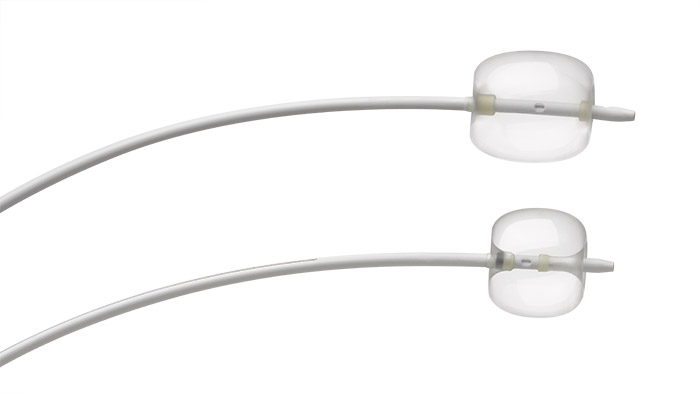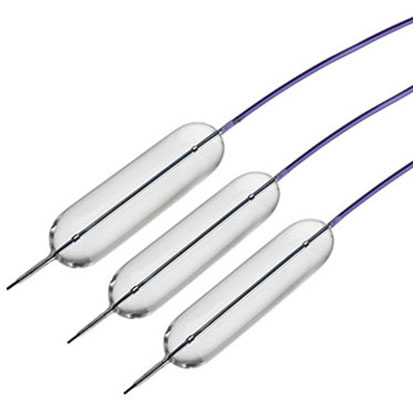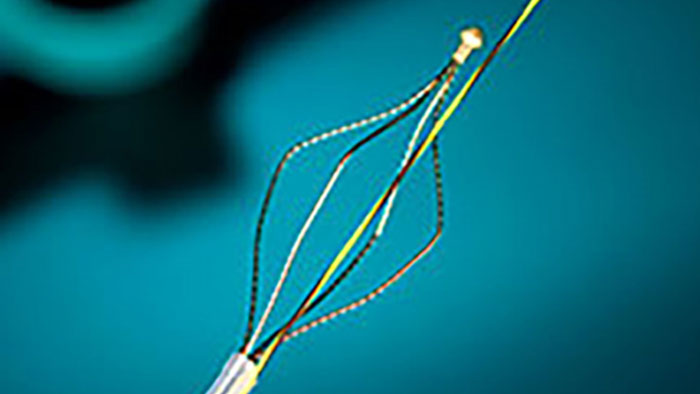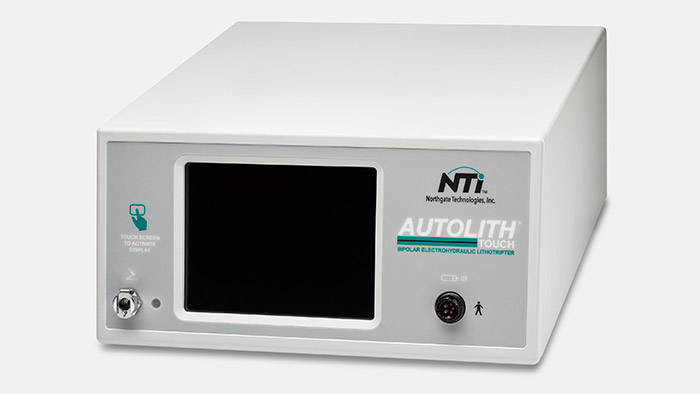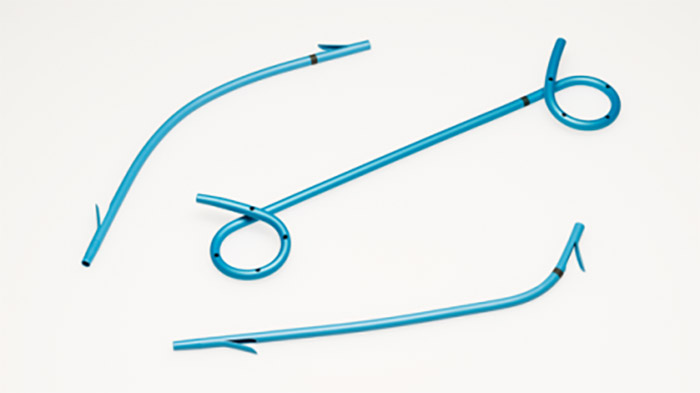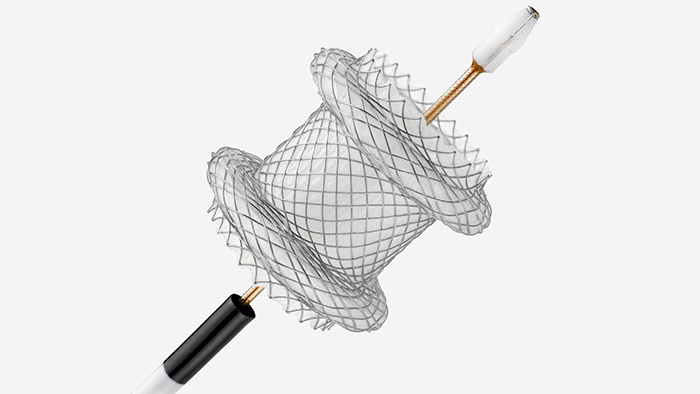Challenges in biliary stone management
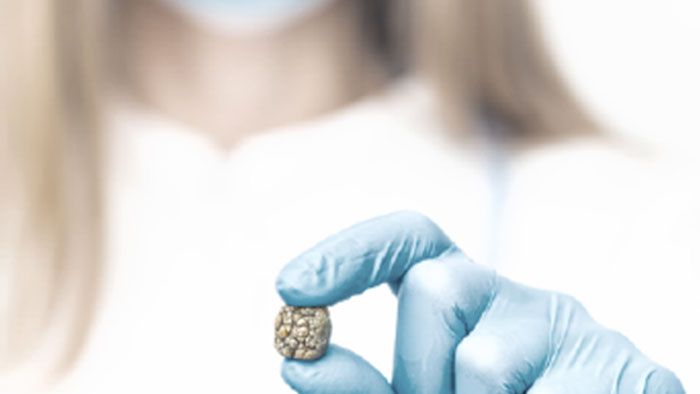
The effective management and treatment of bile duct stones can often be challenging.1
The patient’s clinical condition, the characteristics of the biliary stone(s), and a host of anatomical variables may all contribute towards the technical difficulty of endoscopic stone clearance.2
Boston Scientific’s comprehensive product portfolio can help you navigate the different clinical scenarios in stone management. Achieving stone clearance in cases across the spectrum of complexity is made possible with our suite of advanced, reliable, and effective technologies.
Enabling effcient and effective treatment procedures
At Boston Scientific, we work tirelessly to deliver innovative solutions that help you offer the best possible patient experience.

















